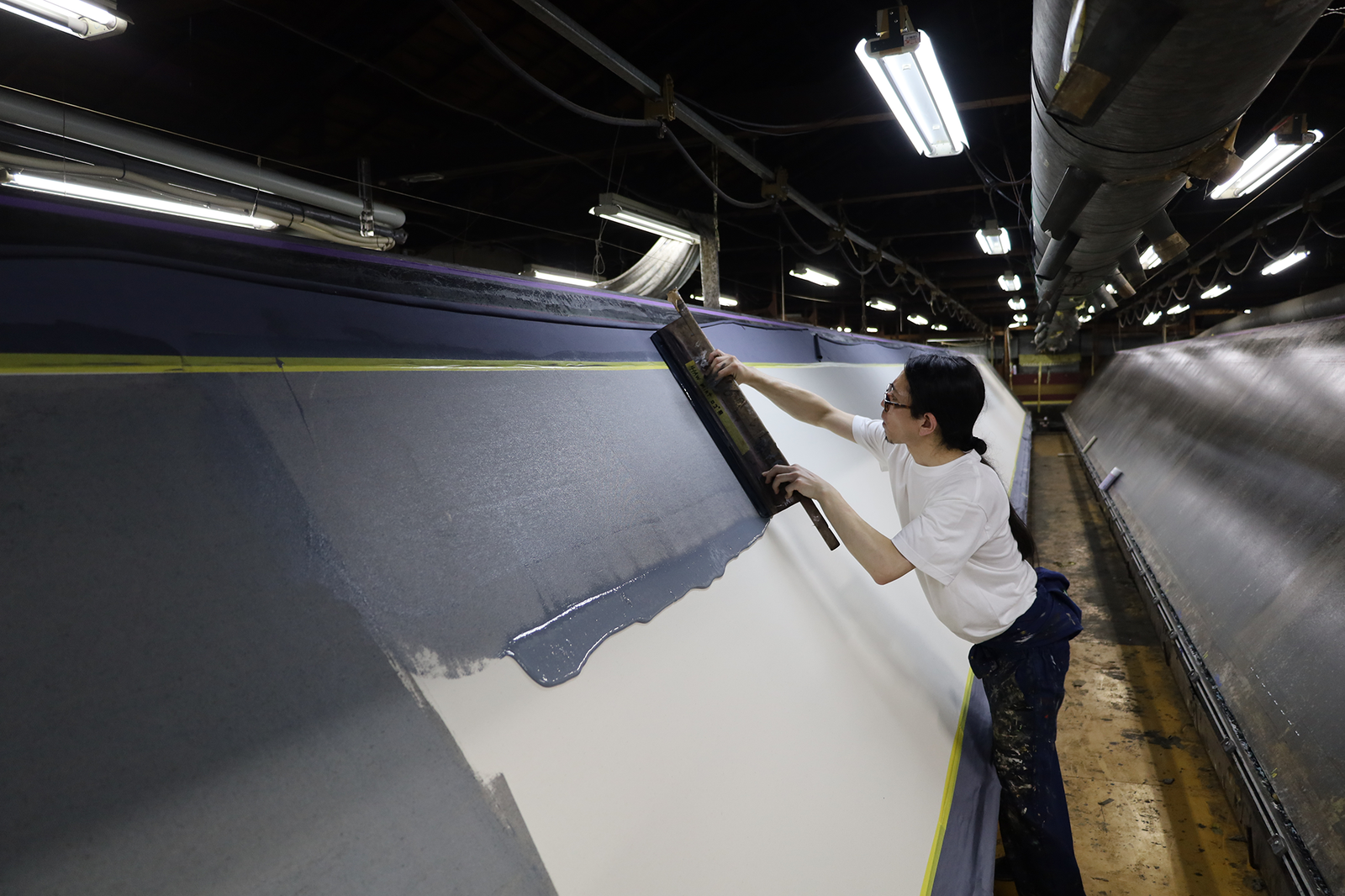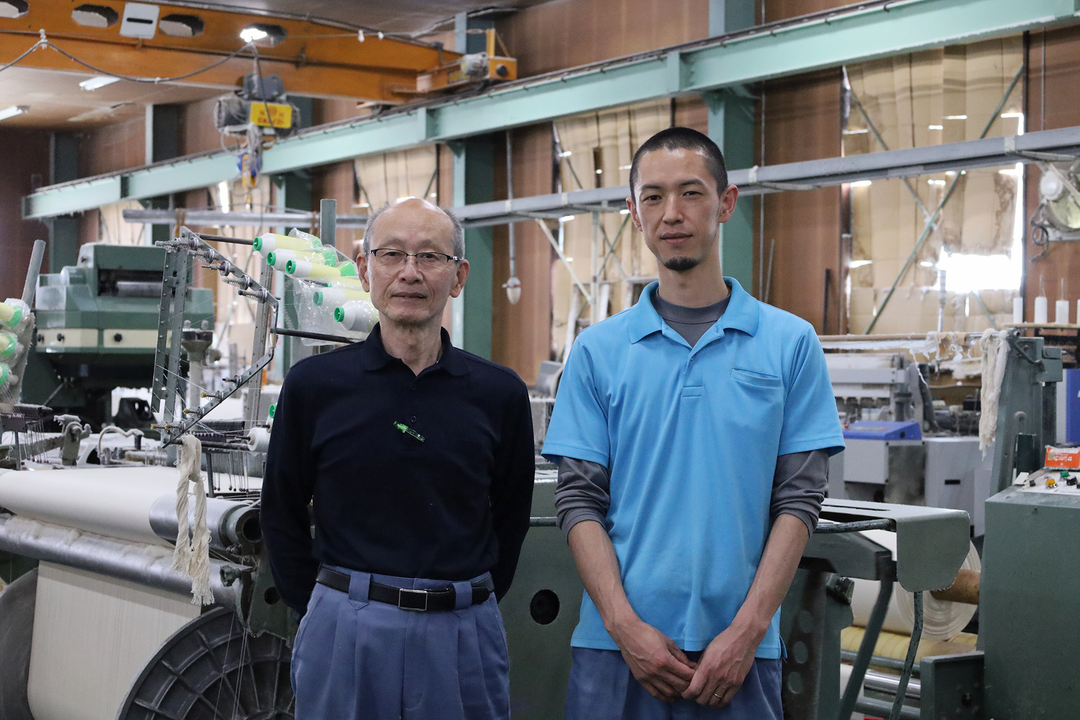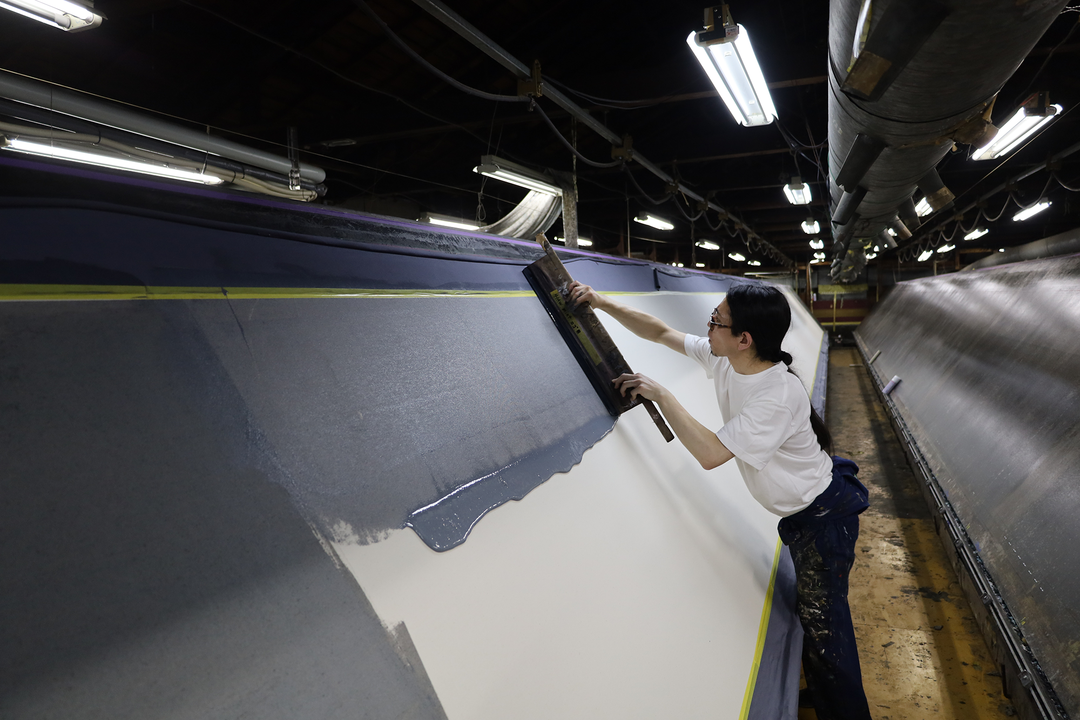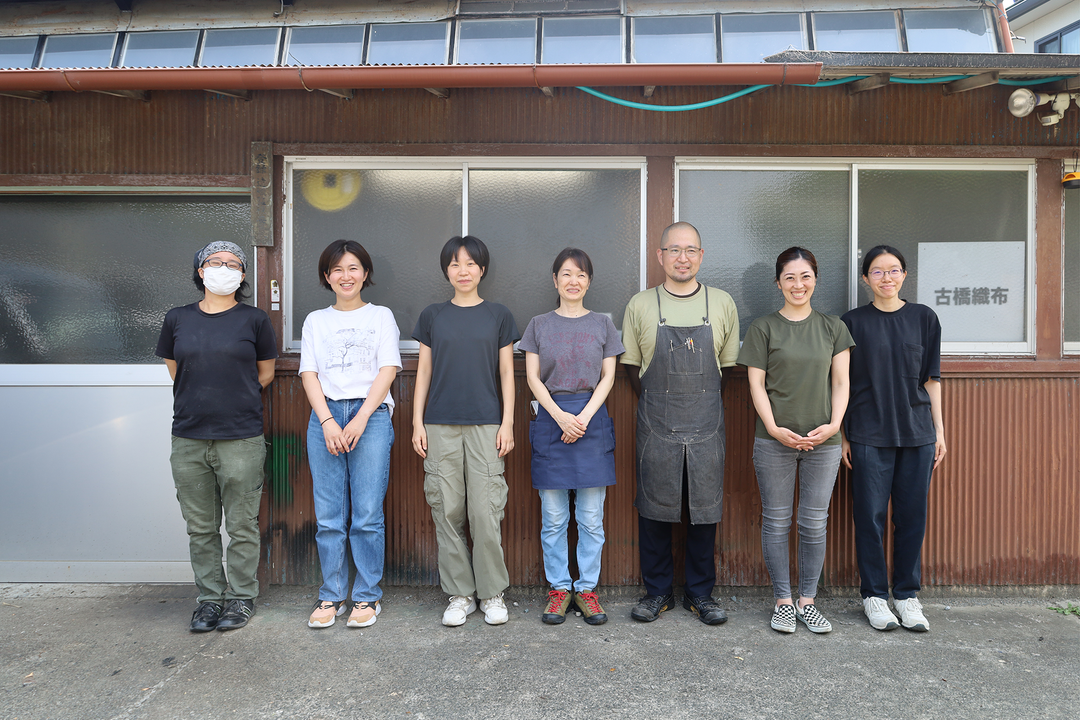Okuda Print- Innovative dyeing studio Tokyo, Japan

Hachioji-city, Tokyo, has a historical presence in silk and textile production since the Heian period (12th century). It prospered alongside renowned Kiryu and Nishijin silk textile regions in the Edo period (17th century). Also known as the 'city of mulberry', sericulture and silk textiles have flourished in the city since ancient times.
During the Meiji era (19th century), the local administrative aimed at advancing the textile industry, leading to the inheritance in Hachioji of outstanding dyeing techniques from various regions of Japan.
This resulted in the emergence of excellent dyeing workshops and skilled craftsmen who took pride in their advanced dyeing skills, such as the intricate and beautiful Edo-komon patterns.


The textile and dyeing craftsmanship developed dramatically during the Taisho era (1912-1926) with the spread of electrical power looms and the integration of Western-style clothing into everyday life.
Despite facing challenging times during the 'Hachioji Air Raids' of World War II, the region has re-established itself as one of Japan's leading districts of top-quality textiles and dyeing. Its quality fabrics, known as 'Tama-ori’ have been certified as a traditional craft by the Japanese Government.
Okuda Print, the long-established dyeing studio established in Meiji era (19th century), is one of the leading successors of Hachioji city’s dyeing heritage, adding new artistic value to the fabrics through dyeing innovation and profound artistry unique to Tokyo.
Our collaboration with ESC resulted in contemporary textile colourways and dyeing artworks, driven by the idea of maximising the beauty and ethical value of authentically natural materials in both dyestuffs and textiles.
This collaboration combines skilled craftsmanship with the innovative concepts and passion of a new generation.






